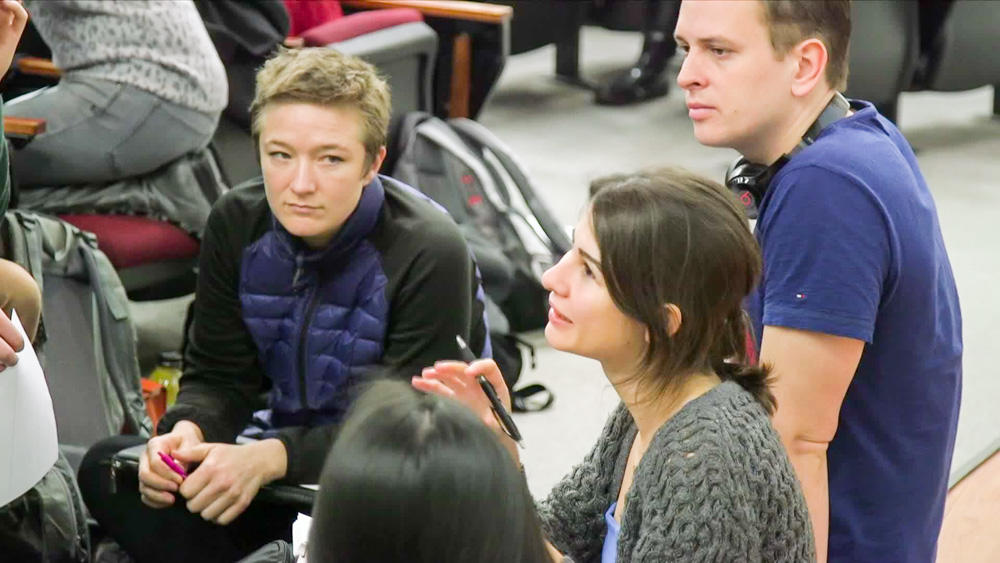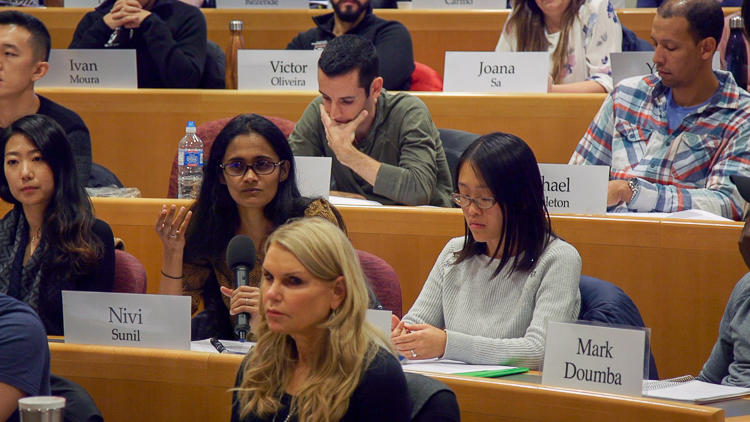Tapping into the energy in the classroom to make real-time decisions for keeping students engaged, curious, and challenged may prove more effective than blindly following a scripted lesson plan. In this video, Paola Arlotta describes how she uses advance planning and in-the-moment data from students to know when is appropriate to increase the level of difficulty or reveal surprises in the content.
Sequencing materials to build student energy and excitement
Instructor
Paola Arlotta, Professor of Stem Cell and Regenerative Biology
Student Group
Undergraduate
School
Harvard College
Course
Got (New) Brain? The Evolution of Brain Regeneration
Group Size
22 students
Studies in expertise suggest instructors prioritize depth over breadth as this approach supports deeper learning (Morphew et al., 2015; Bransford et al., 2000)
A sense of autonomy and some control over course content are important components in student motivation (Deci & Ryan, 2000)
- Student affect (student emotions in the learning context), specifically confusion, was positively correlated with student learning of introductory computer literacy (Craig et al., 2004). This is consistent with the concept of “desirable difficulties,” where conditions that challenge students support both long-term retention and transfer (Bjork & Bjork, 2011, p. 56).
- In their review of student attention during lecture, Wilson and Korn advise instructors to take into account individual differences in student attention, suggesting that in-the-moment student data should inform how instructors introduce content (2007)
- An article in The Chronicle of Higher Education describes a method for lesson planning that allows instructors to be more dynamic and flexible
- In another Instructional Moves video, Brett Flehinger describes how he adjusts his lectures and questioning when one student has made a leap in understanding, but the rest of the class is not yet all the way there




